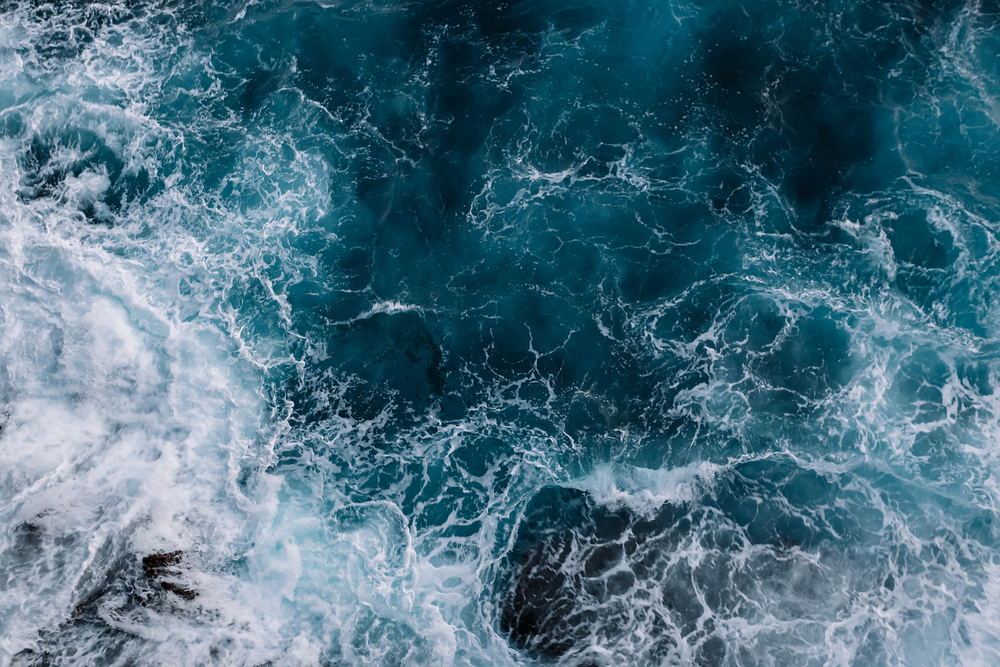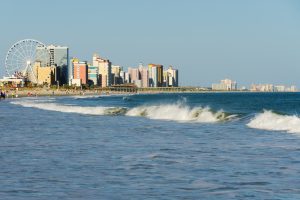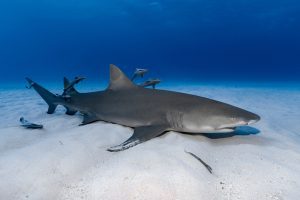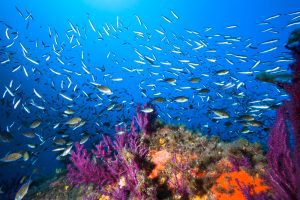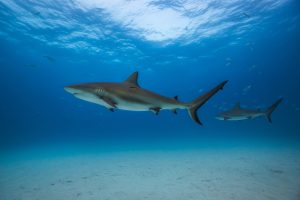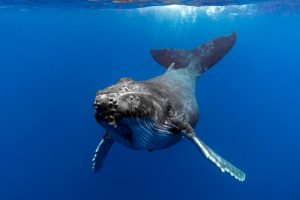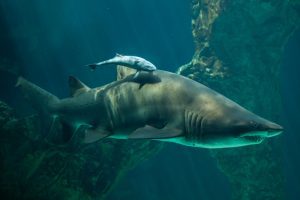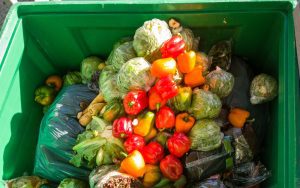There are more than two million species located within the depths of our oceans, and this doesn’t even take into consideration the eighty percent that still hasn’t been explored.
And while marine species like sharks, dolphins, and whales tend to get all the recognition, they wouldn’t be able to survive without the help of the ocean’s producers.
In fact, the producers of the ocean serve as the very first food source in a long web of marine life. If something were to happen to these producers, marine life would eventually die out altogether.
Not to mention the fact that these producers also act as a helper to human life since they pull the carbon dioxide from the air and provide healthy nutrients that are often used in cooking.
Many of these producers are microscopic, and those that aren’t are usually referred to as nuisances due to a lack of knowledge about their importance.
Check out this list of the top ten producers in the ocean to gain some insight into marine life and appreciation for the impact they have on our world.
Table of Contents
1. Phytoplankton
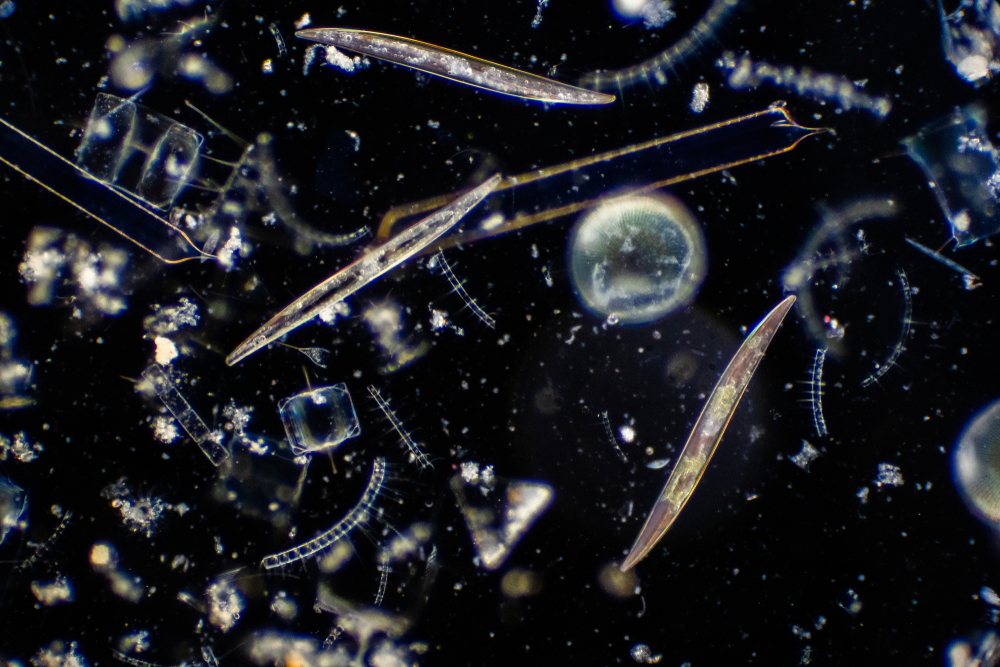
There are many different types of phytoplankton, but one thing remains constant throughout them all – they all play an important role as producers in the ocean.
These microalgae are like plants in many ways as they need sunlight in order to live and are made up of chlorophyll. Because of this, you will often see phytoplankton close to the surface in areas where sunlight can reach it.
You can find phytoplankton in both saltwater and freshwater, but the type of this organism can vary. In fact, there are over five thousand different types of phytoplankton currently on record.
Phytoplankton plays a very important role in the balance of marine life, but it can also become harmful if not properly maintained. This microalga is the main food source for a variety of primary producers like shrimp, jellyfish, and snails. This in turn provides food for many other marine species.
However, when phytoplankton grows out of control, it can develop harmful algal blooms that ultimately have dire effects on its environment.
These blooms not only impact the marine life it is exposed to but can also have harmful effects on any birds or people who interact with the environment.
Because of this, scientists are always on the hunt for such blooms to stop them in their tracks.
2. Seaweed

Another important producer that is made up of a large variety of subspecies is seaweed, and although everyone is exposed to it at some point in their life, most people don’t understand its significance.
A common misconception is that seaweed can only be found in the ocean. Although the type of seaweed can vary, it can be found in almost every body of water ranging from rivers to ponds.
While most types of seaweed are easy to spot, there are some that share the same microscopic characteristics as phytoplankton.
But on the other hand, there are some types of seaweed that are so large that they take up most of the ocean floor.
The bottom line is that seaweed comes in all shapes and sizes, but its role in marine life remains constant.
Like phytoplankton, seaweed feeds many of the primary consumers needed to maintain the marine food web and without it, the entire ecosystem could fall to pieces.
It can also be used as a food source for humans thanks to its concentration of healthy minerals, vitamins, and fiber.
In fact, seaweed is considered a delicacy in many countries like Japan and is used in popular dishes like sushi rolls.
On top of this, seaweed is also known for its anti-inflammatory effects and cancer-fighting agents.
3. Algae

Known for the ability to create their own photosynthesis, algae is the third producer of the ocean and it plays a vital role in a balanced ecosystem.
The term “algae” covers a wide variety of species, and although there is not a definite answer as to how many different kinds there are, scientists believe it is somewhere in the millions.
But one defining factor for all of these types of algae is that they are single-celled organisms that produce their own oxygen.
And like the other two producers in this list, they serve as the main food source for primary consumers.
Algae can be found in every body of water but just bear a different form. They are also exposed to issues like the algal blooms that harm everything in their path.
All in all, algae is a necessary component for a successful ecosystem, but it also needs to be maintained to avoid overpopulation.
4. Rhodophyta
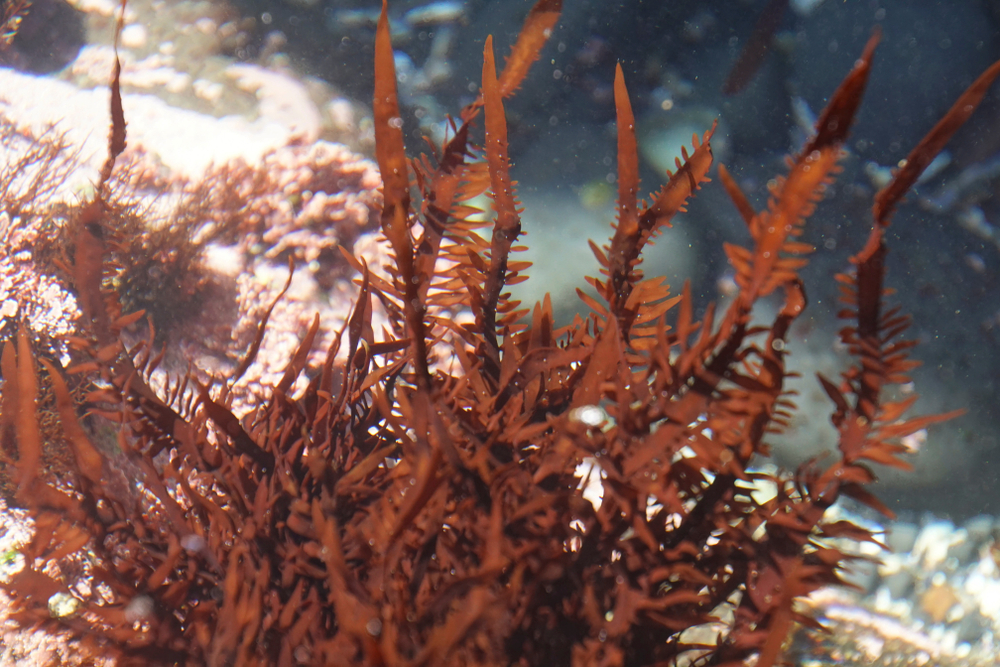
Also known as Red Algae, Rhodophyta is one of the more common types of algae found in all types of marine ecosystems and is easy to spot because of its large size.
Since there are so many types of algae, it should come as no surprise that even Red Algae is made up of even more, smaller classifications of its kind.
In fact, there are more than five thousand types of Red Algae, and they can be found in both saltwater and freshwater habitats.
You will find them most commonly inland within rivers and streams, but they can also have occasional appearances in other bodies of water like hot springs, lakes, and soil caves.
Plus, they are one of the most common types of seaweed found in the ocean. In general, this type of algae can be found widespread in bodies of water throughout North America.
Aside from the important role this type of algae plays in its marine habitat, it has also made a name for itself on land where its medicinal properties have helped thousands of people.
Nicknamed the sea vegetable, Red Algae offers more healthy minerals than any land vegetable and is often seen as a primary ingredient on menus throughout China.
5. Brown Algae
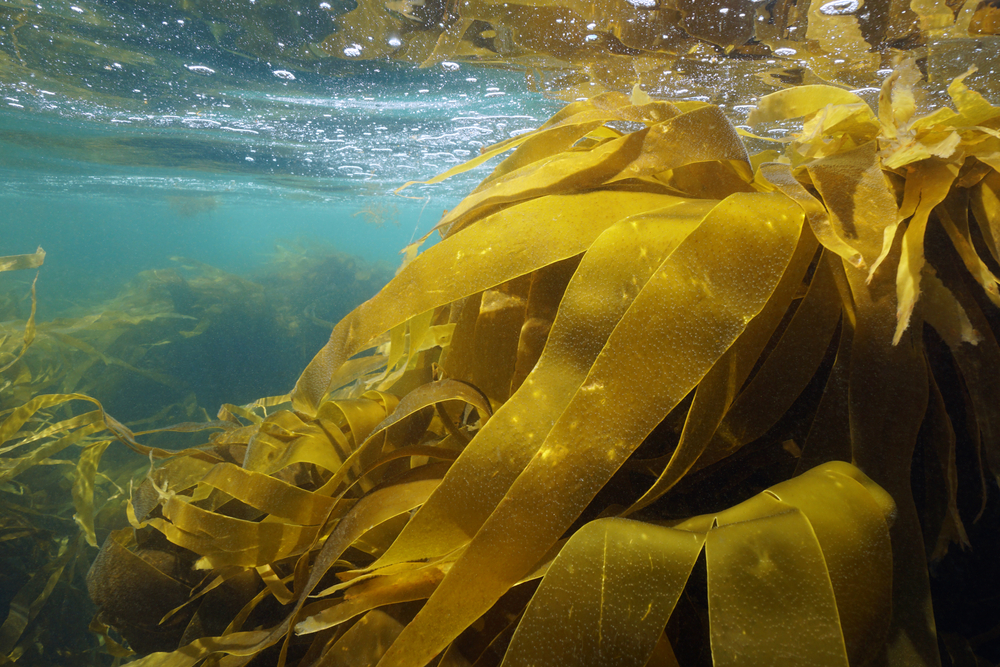
Considered to be one of the largest groups of algae, Brown Algae is an extremely common species that grows in all shapes and sizes and can be primarily found in the ocean.
This is one of the few types of algae that is considered to be a heterokont protist because it doesn’t classify as either a plant or an animal.
While there are instances of microscopic Brown Algae, it normally grows to be a large bed of seaweed.
For example, the giant kelp is a form of Brown Algae, and it grows to impressive heights that often bypass two hundred feet. It is also known for being the largest known form of algae altogether.
This brown seaweed not only serves as a food source for primary producers but is also used as a shelter for small fish.
Aside from the impact that Brown Algae has on its own ecosystem, it also plays a leading role in the removal of the earth’s carbon dioxide thanks to its ability to create photosynthesis.
While it is not uncommon for humans to incorporate Brown Algae into their meals, it is most often used for the creation of other things like lithium batteries.
6. Sea Lettuce
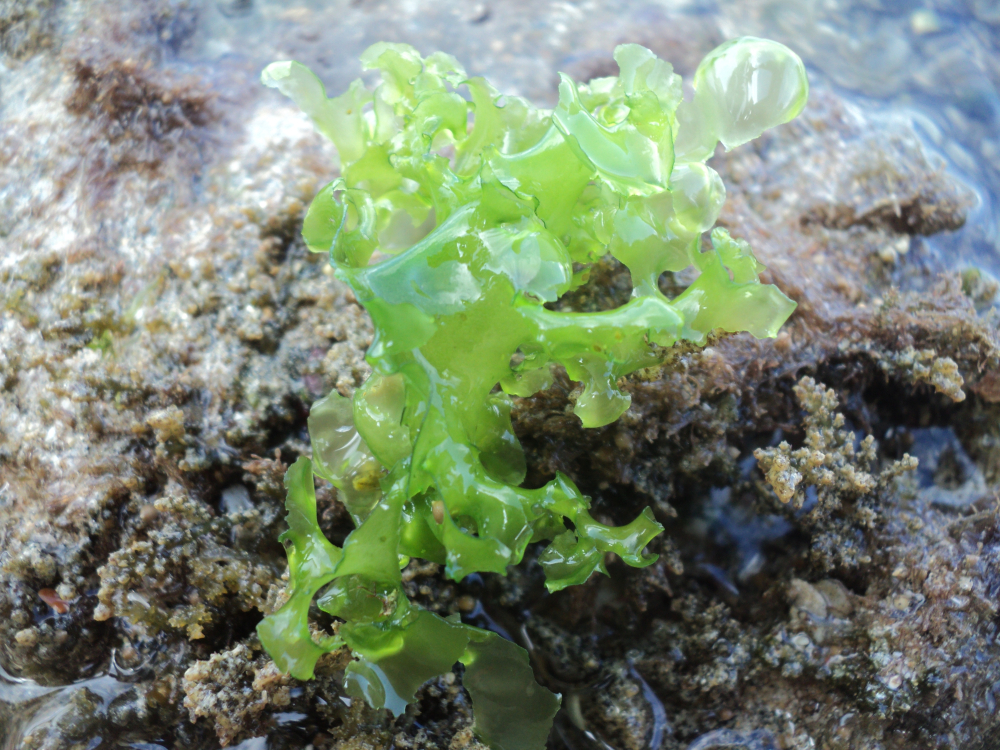
Known as one of the more common types of green algae, Sea Lettuce serves many purposes in both saltwater and freshwater environments.
Sea Lettuce can grow to be a larger variety of shapes and sizes, but it is known to really thrive in areas where the water is flooded with nutrients.
While it is not uncommon to see these algae floating along the surface of the ocean, it has a habit of latching on to immobile things such as shells and rocks.
Part of what makes this type of algae so interesting is its ability to grow even when parts become separated. This allows for the creation of Sea Lettuce colonies.
Sea Lettuce is that it tends to migrate to areas where pollution is high and can act as an indicator for things like sewage runoff.
These algae get their name for their uncanny resemblance to lettuce leaves and as the green vegetable, Sea Lettuce is a healthy addition to any meal.
In fact, Sea Lettuce serves as a primary ingredient in many traditional meals in regions throughout Italy, Scandinavia, Ireland, and Japan.
And although this algae is light on the stomach, it is actually jam-packed with healthy minerals, vitamins, and micronutrients.
Just be sure to avoid Sea Lettuce if you notice that it is starting to decompose because it can release harmful toxins that could result in a loss of consciousness.
7. Cladophora
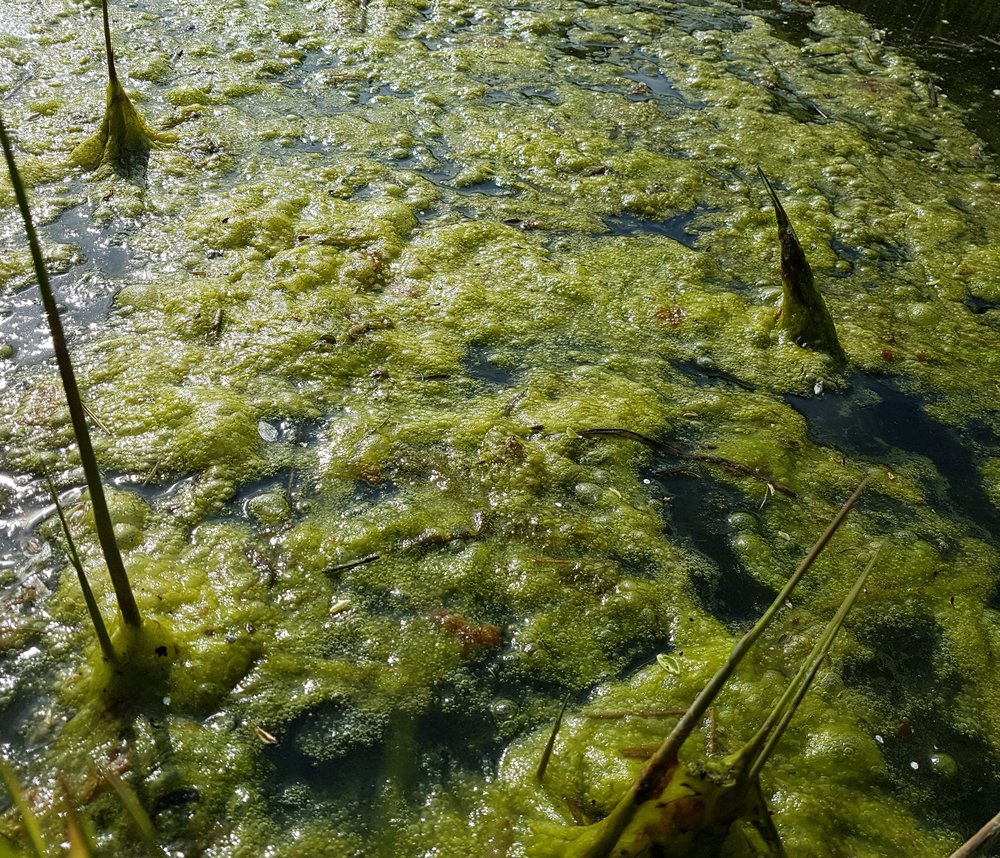
An equally important producer in our world’s oceans is Cladophora, and its abundant nature makes it a great provider of food energy.
Some defining factors that make it easy to spot Cladophora out in the ocean are its dark green color, branching filaments, and cross walls.
These cross walls act as a buffer between segments but often appear in ball-like structures due to the movement of the ocean’s waves.
In relation to this, while most forms of Cladophora can be found as long, skinny stretches of seaweed, there have been a few records of it growing into large, perfectly formed balls.
Like all other forms of algae, Cladophora is a necessary part of the ecosystem as it acts as the first source of food for primary producers and offers the ocean a source of food energy.
But its recent growth has turned it into a bit of a nuisance. Large amounts of Cladophora are being spotted in shallow parts of the ocean and taking over some of the country’s Great Lakes.
While this form of algae isn’t necessarily toxic, it is annoying since its thick and smelly composition makes outdoor recreation and commercial fishing less enjoyable.
8. Diatoms
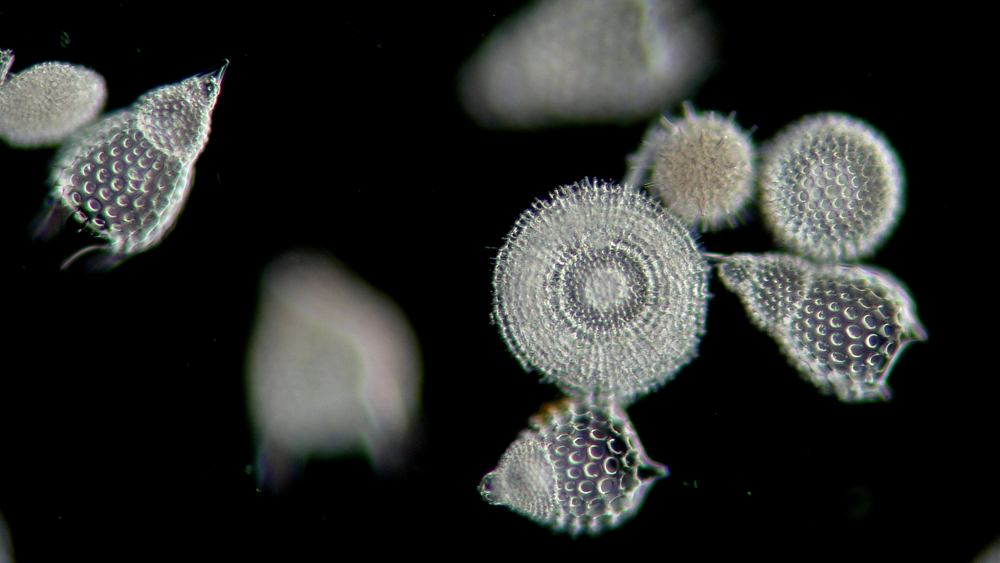
One of the most common types of phytoplankton is the Diatom, and its discovery dates back to the early 1700s.
This dynamic organism was once thought to be a microscopic animal, but after further evaluation, it became classified as a marine plant for its ability to create photosynthesis.
One of the most renowned scientists on the subject is Richard B. Hoover, and he spent much of his life traveling the oceans of the world to learn about their many defining characteristics.
An interesting fact derived from his findings is that diatoms live in massive clusters and just a single cup of saltwater can contain more than a million.
To make things even more fascinating, there are more than twenty-five thousand types of diatoms currently on record.
The beauty of this type of phytoplankton is that it can literally grow anywhere that supplies it with water, light, and carbon dioxide.
This is why you will find it in rivers, streams, oceans, and even small puddles formed by a buildup of rainwater.
9. Euglenoids
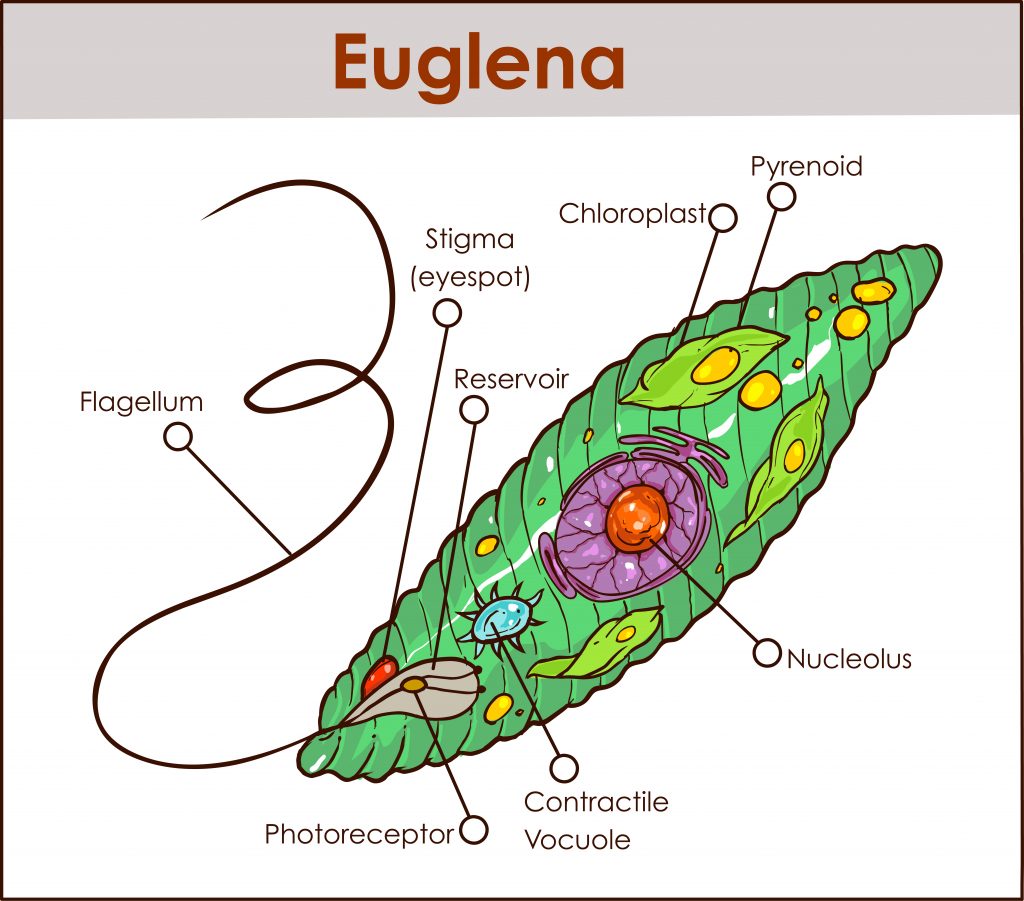
One of the most interesting producers in the ocean is the Euglenoid because of its unique composition and ability to survive in unfavorable conditions.
The number one aspect of the Euglenoid that has made it such a hot topic for scientists is the fact that it boasts both plant and animal characteristics.
Its animal characteristics allow it to move about the ocean with the use of a whip-like tail known as a flagellum.
But it also has a chloroplast, which is a definitive characteristic of plants, that allows it to produce its own photosynthesis.
It is believed that this unique producer is the result of some sort of green algae evolution, but scientists are still trying to find a definite answer.
Another thing that intrigues scientists is the euglenoid’s ability to survive in the dark.
Most producers depend on sunlight for survival but the euglenoid can pull nutrition from any of the organic decaying matter that surrounds it.
This is why it is believed that there are more than two thousand species currently on record. Euglenoids have been known to hide under rocks and other shaded areas.
The lack of sunlight does change their appearance, but the phytoplankton is able to continue their daily functions as per usual.
10. Dinoflagellates
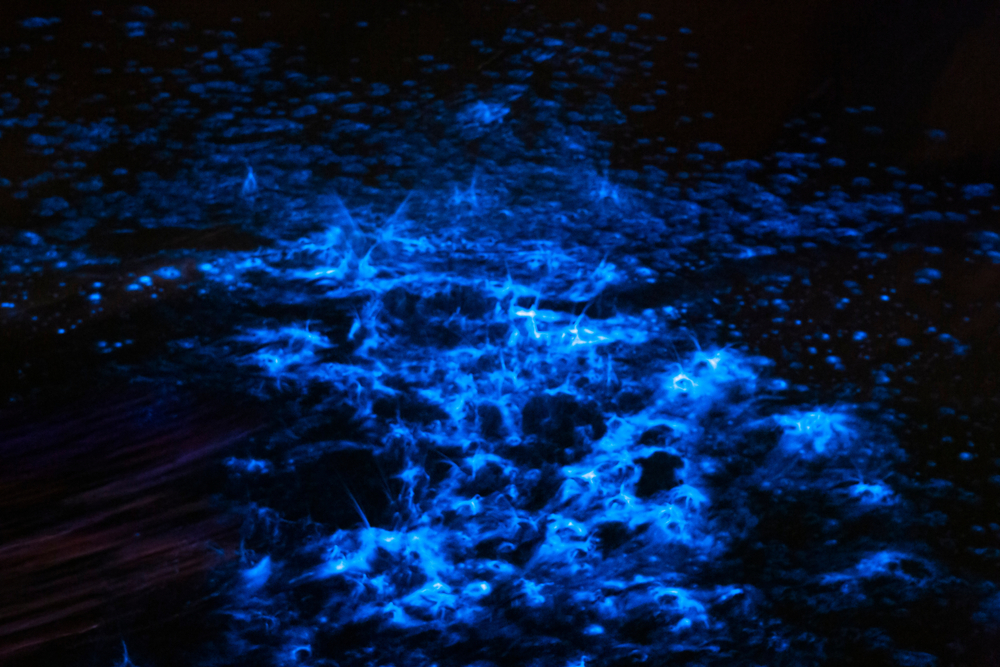
Known as one of the most sought-after types of phytoplankton, Dinoflagellates has grown in popularity due to its ability to light up the ocean at night with a luminescent glow.
Although you can find these single-cell organisms in rivers, ponds, and streams, a majority of its population is located within the ocean.
But with more than two thousand kinds of Dinoflagellates to date and their ability to grow in large clusters, you don’t have to be on the ocean to enjoy their bioluminescence.
In fact, in areas like Florida where they are common in rivers, there are guided tours available that take visitors out on clear bottom kayaks for a chance to really admire this organism in action.
But their bioluminescence is not solely for our entertainment. Even though they put on a beautiful light show every night, their reason for doing so is much more interesting.
Dinoflagellates are considered to be one of the smartest forms of algae and it is believed that they light up in an effort to protect themselves.
The light acts to confuse any nearby prey while also drawing in larger marine species that will ultimately eat their prey.

